Op-Ed: "The talent is there. They just need key elements of support to thrive."
Originally published in Next City.
Research recently published by Harvard Business Review finds that entrepreneurship has the power to revitalize impoverished communities — if policymakers shift their focus away from venture capital-style, “scaling up” investing and instead design programs that help neighborhood businesses in “scaling deep.” My experience, working with small cities and towns across America, supports that finding and offers lessons for any community looking to build a resilient, home-grown economy.
In the article, “Research: How Entrepreneurship Can Revitalize Local Communities,” by Suntae Kim of Boston College and Anna Kim of McGill University, the authors share what they found in eight years of investigating two organizations dedicated to revitalizing Detroit through entrepreneurship. One was a venture-capital business accelerator; the other was a locally focused incubator.
“Scaling deep” involves growing slowly and becoming embedded in the local economy, the researchers explain, and requires building “rich relationships with local partners” and seeking out “creative ways to leverage the resources available in their local environments to address urgent, local problems.” The researchers found that businesses “scaling deep” had significant positive impact in the community, while those “scaling up” had only short-term impact as most left town.
Scaling deep has a related major benefit that I’ve found in my work with struggling downtowns and long-neglected neighborhoods: It yields locally distinctive enterprises that distinguish one community from another. These local businesses not only create a unique atmosphere and culture; they contribute to a broader sense of community and often provide gathering places that unite residents and attract visitors. And they help households from the community build wealth and stay in the community to be a part of its success. That dynamic adds to the revitalization and focuses on neighborhood assets, not imports.
Scaling deep also increases and enhances diverse business ownership because it draws on local heritage and strengths. These small businesses and entrepreneurs are already living in the neighborhood. The talent is there. They just need key elements of support to thrive. In addition, these locally grown business owners are more likely to partner with other local businesses and organizations and help them grow as well.
The prospects of scaling deep successfully can be spurred by building upon several lessons that I have learned from working in more than two dozen states.
First, in most communities, even ones that have been historically excluded from investment, there are financial and other resources to draw upon. But aspiring entrepreneurs — especially in communities considered to be what Majora Carter refers to as “low-status” — may not know about the resources or how to access them. In some cases, they may have been told in the past that those resources are not for them. It’s vital that economic development officials reach out to aspiring entrepreneurs where they live and work. Meet them where they are. Engage them. Connect the dots and build trust. Work with neighborhood or community leaders who believe in that community and start to build new personal relationships with existing business owners to understand what they need to grow and scale in the community.
Second, policymakers should ensure that business assistance programs are designed to serve aspiring entrepreneurs in these communities. Do they provide the needed assistance? Are they offered in convenient locations? Do they distinguish between the needs of businesses providing services and those creating tangible products? Bring the training to the neighborhood and be purposeful to make sure that existing programs are inclusive of business owners from historically excluded places. Where the programming is hosted and who teaches it are vital considerations if entrepreneurs are to feel that the programming is for them and to trust it.
Third, emerging new businesses typically progress from home-based to commercial real estate settings, but flexible real estate options are often needed to facilitate business growth. Entrepreneurs may need smaller spaces, shorter lease terms, even shared spaces. It’s important for local government officials to understand these needs and engage relevant property owners to determine the potential for flexibility and communicate that flexibility to emerging entrepreneurs. Community development corporations or local housing authorities can also fill this gap in needed space. Some shared spaces, like commercial kitchens, can even become destinations and help define entire communities. Flexible real estate arrangements should also be combined with training and mentoring to advance the prospects of emerging businesses.
Fourth, small-scale manufacturers should be prioritized, because they can sell products in storefronts and online and are, therefore, not solely dependent on foot traffic, as so many struggling shops in economically excluded neighborhoods or towns are. When production and retail are combined at an intown setting, they also provide fantastic experiential retail as people walking by can see things being made.
Fifth, initiatives should be taken to ensure that emerging business owners have access to other business owners. There is extensive research showing that business owners are more likely to succeed if they have that access. Incubators typically provide that service in tech communities. Similar small business hubs and their services should be made available in historically excluded neighborhoods.
The research reported in Harvard Business Review makes an exciting case for reinvesting in America’s cities and towns and growing local entrepreneurship. It comes at a time when many jurisdictions are looking for ways to energize their economies in the wake of the COVID-19 pandemic. “Scaling deep” should be a priority for economic development going forward.

